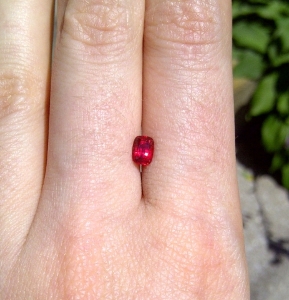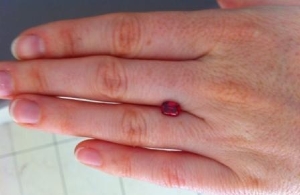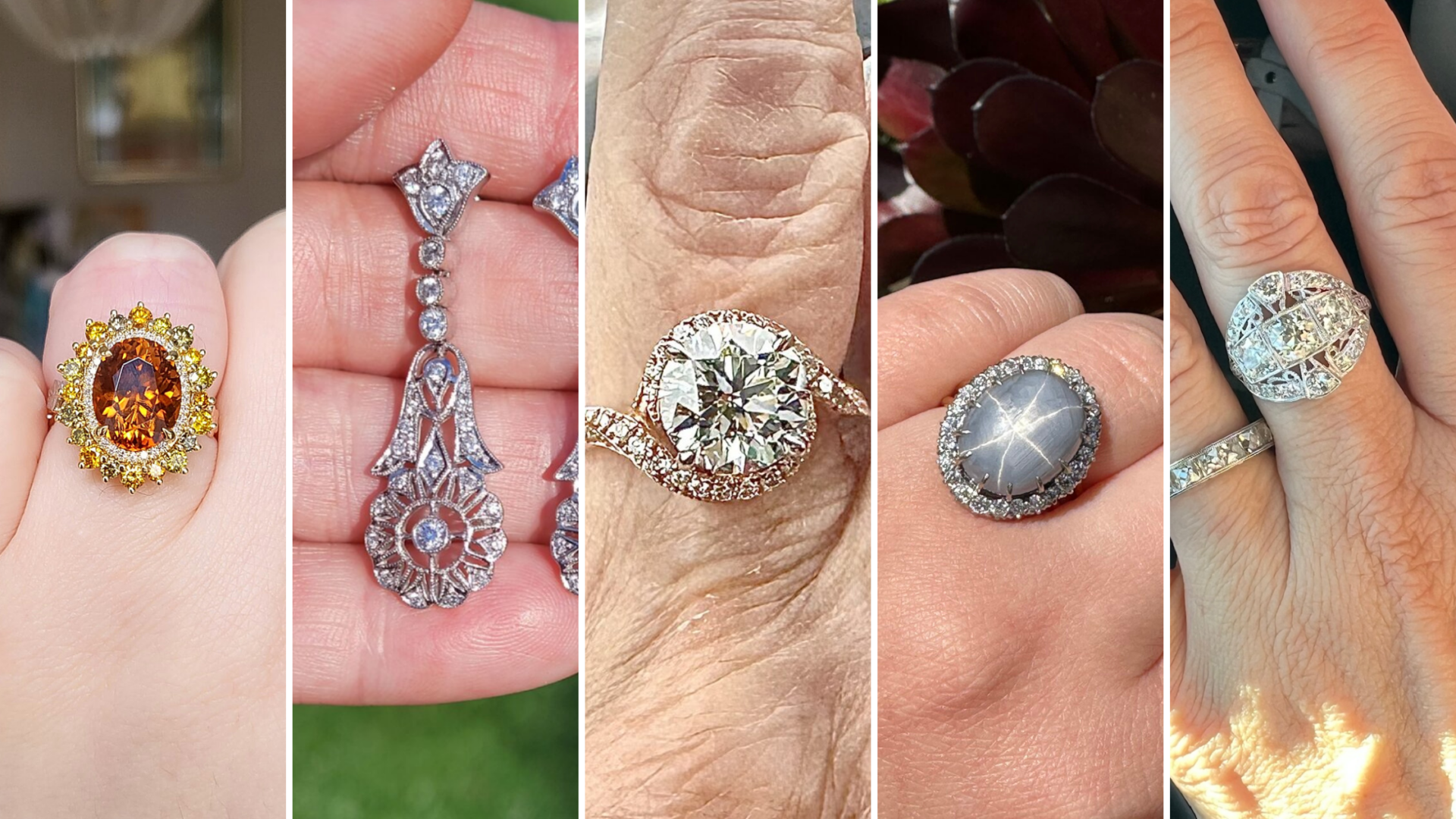pajero_exceed
Rough_Rock
- Joined
- Dec 20, 2012
- Messages
- 36
Hi, I've got a beautiful red spinel, don't know the origin. The stone displays blood red under sunlight, while shows really dark tone under incandescent and fluorescent light,looks like the colour changes to a bit purplish or brownish red. Can anybody tell me the reason? Is it very common for red spinel? Cheers a lot.






300x240.png)